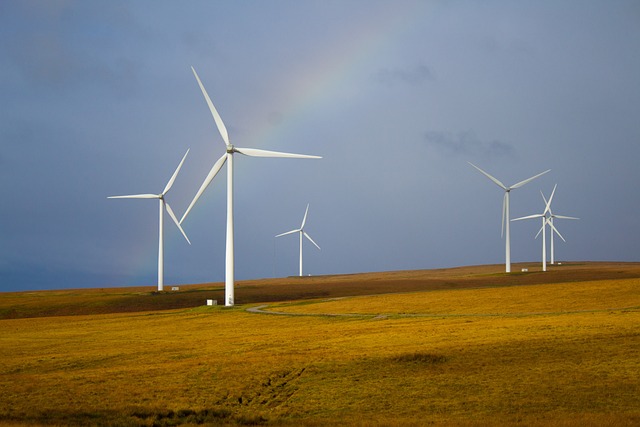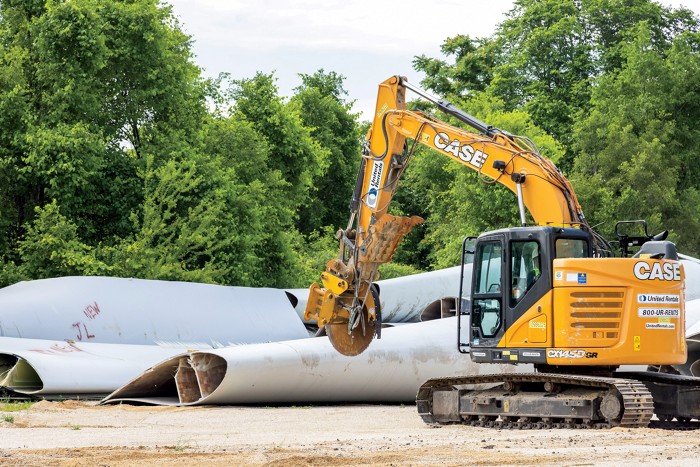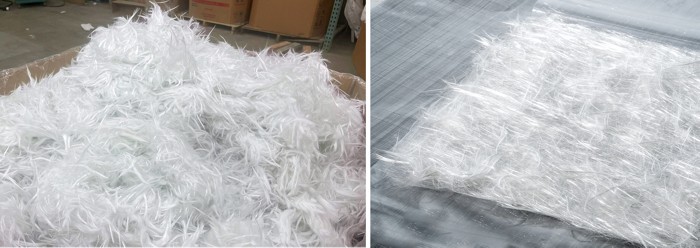 You may know wind turbines to be an environmentally friendly way of farming energy—but what happens to the towering structures after they're used up?
You may know wind turbines to be an environmentally friendly way of farming energy—but what happens to the towering structures after they're used up?
The first wind turbines built in the 1990s are being decommissioned because wind turbines only have an operating lifespan of 20 to 25 years. This means all wind turbines built will eventually be taken down, which makes finding a sustainable way to handle the waste a pressing task.
Constructed mainly from steel, copper, and aluminum, about 85% of a wind turbine can be recycled without spending much money or energy. But unfortunately, the blades are a different story. Let’s see what’s being done to solve the problem...
What To Do With The Waste?
Ranging anywhere from one to over 100 meters long and built of fiberglass-coated epoxy, the blades are made to last. They are tough to crush and not worth the effort for many recyclers.
 Common solutions for dealing with the old blades include incineration or dumping them in landfills. These practices are increasingly unsustainable because of the size of the blades and doing so is even illegal in some countries.
Common solutions for dealing with the old blades include incineration or dumping them in landfills. These practices are increasingly unsustainable because of the size of the blades and doing so is even illegal in some countries.
Using the blades in cement production is also an alternative, although the processing required is energy-intensive. Simply transporting the wind turbine blades for recycling proves to be a costly and time-consuming endeavor because they have to be cut up into smaller pieces before even moving them!
Already, startups and firms all over the world have been repurposing the blades in everyday architecture. Bridges, park benches, bike sheds, and even whole playgrounds have been creatively constructed from difficult-to-recycle blades. Reclaiming the blades for these uses is much more environmentally friendly than if the structures were made with metals or new wood because reclamation decreases the carbon footprint by roughly 90%.
However, repurposing the blades for construction will only provide a temporary solution because the new structures won’t last forever and will require further processing when they are decommissioned again.
Preventing Waste In The Future
 Experts estimate that 43 million tons of wind turbine blades will pile up by 2050. That is why some firms are investing in research to find ways to separate the fiberglass from the epoxy and recycle the raw materials.
Experts estimate that 43 million tons of wind turbine blades will pile up by 2050. That is why some firms are investing in research to find ways to separate the fiberglass from the epoxy and recycle the raw materials.
In one method, the blades are first broken into small chunks. Then, a hot air stream heats them, which separates the fiberglass from the epoxy. After this, the fiberglass can be reused. Another company is working to develop a chemical compound that will break down old blades into raw materials that can be used to craft new ones.
Even with these solutions, as more wind turbines are made more waste will be produced. This knowledge is leading manufacturers to research changing the materials used for blade construction. Some companies are looking to develop environmentally friendly wind blades, likely by incorporating more easily recyclable material. Biodegradable thermoplastics - some of which are recyclable and even compostable - may be a viable replacement for fiberglass and epoxy.
If companies continue to innovate in their search for solutions, wind technology will be a 100% recyclable technology in the future!
Sources: Bloomberg, BBC, National Grid, NPR, Phys.org









